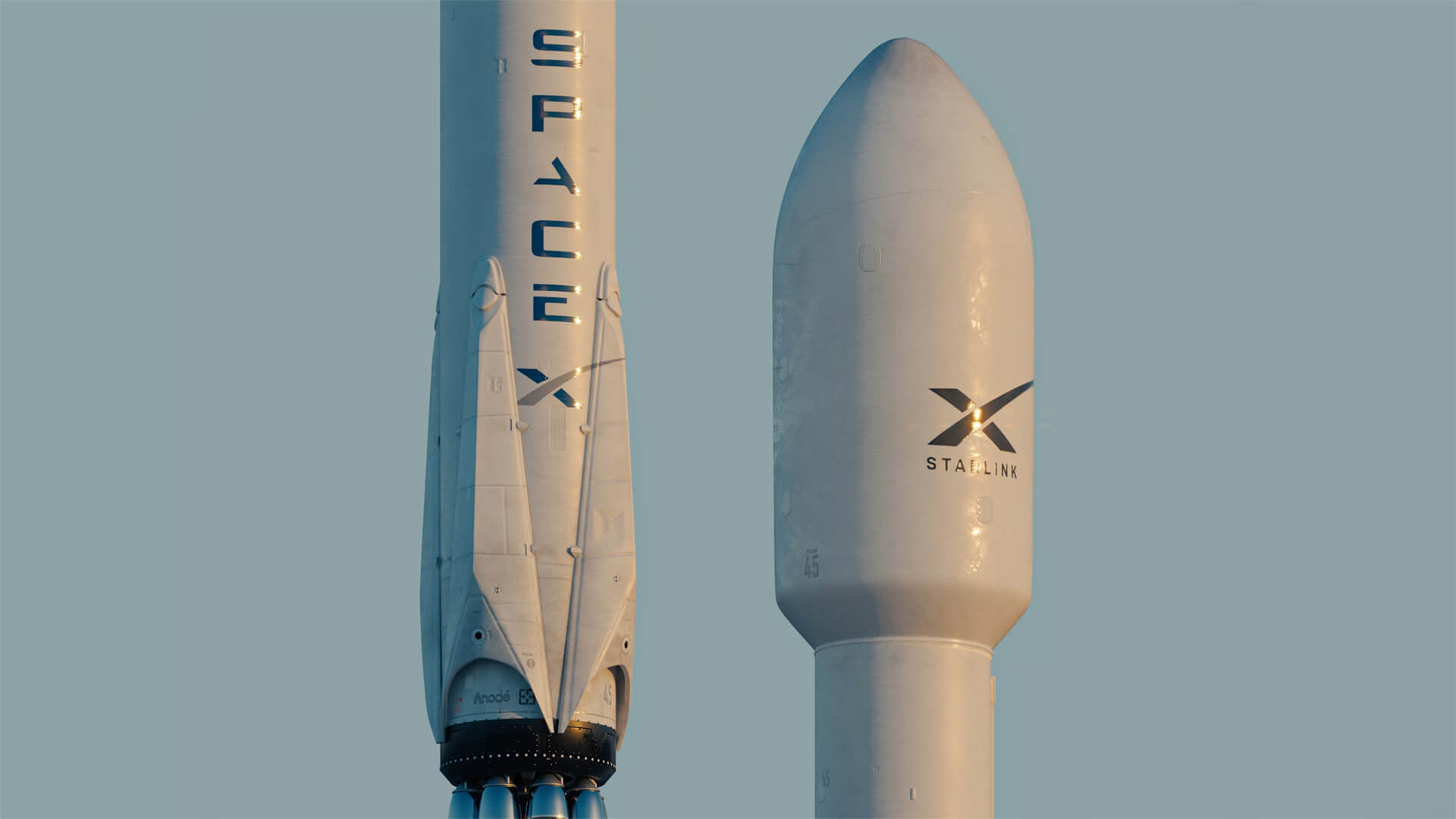Cryogenic propulsion means using propellants chilled to extremely low temperatures; for example, liquid oxygen must stay below –183°C and hydrogen below –253°C to remain liquid. At these cryogenic temperatures, rockets pack far more fuel mass into the same tank volume, boosting performance on heavy-lift missions (Chhaniyara, 2013).
What is cryogenic propulsion?
Cryogenic propulsion refers to rocket engines powered by ultra-cold liquid propellants. In practice, this means both the fuel and oxidizer are liquefied gases stored at very low temperatures. For instance, LOX (liquid oxygen) and LH2 (liquid hydrogen) are common cryogens: LOX liquefies below –183°C, and LH2 below –253°C. Storing them as liquids greatly increases density, so a rocket can carry more “bang per liter” of tank space.
These supercooled engines first appeared in the 1960s. The Atlas-Centaur boosters and the Saturn V’s upper stages were among the earliest cryogenic rocket stages. Even today, only the biggest space programs field cryogenic engines: the US, Russia, Europe, India, Japan, and China have operational LH2/LOX engines. In each case, the cryogenic stage is a high-performance upper or core stage on a heavyweight launcher (Houts et al. 2014).

Why use ultra-cold fuels like liquid hydrogen & oxygen?
The main reason is efficiency. Hydrogen and oxygen offer enormous specific impulses when burned together. Cryogenic hydrolox (H₂+O₂) can produce up to ~450 seconds of I_sp (about Mach 13 exhaust speed), far higher than traditional kerosene/LOX rockets. In other words, each kilogram of hydrogen/oxygen can push much more payload to orbit. Additionally, their combustion is extremely clean – burning hydrogen with oxygen yields only water vapor, with no soot or CO₂ byproducts. This high energy per mass and “green” exhaust make cryogens ideal for ambitious missions.
Of course, LH₂ has downsides: it is extremely light, so even liquid hydrogen has very low density. That means tankage volumes are large and insulation must be perfect. Keeping LOX at –183°C also requires heavy thermal protection. Despite this, the performance gains often justify the complexity of heavy rockets. In practice, engineers accept the big, super-insulated tanks because the payoff is a bigger payload or a higher speed (Voigt et al, 2013).
How do they store & pump such cold propellants?
Storing cryogens requires very advanced insulation. Tanks are wrapped in multiple layers of reflective blankets and often vacuum-jacketed to starve off heat. For example, space missions use multilayer insulation (MLI) to trap stray heat; some modern tanks even combine MLI with vacuum gaps for extra protection. Despite this, heat leaks are inevitable, so tanks have vent valves or chillers to handle any boil-off. In short, the tank hardware is massive and complex, carefully engineered to keep the propellants just barely liquefied.
Pumping these fluids is another art. Liquid rockets use turbopumps spun by gas turbines at tens of thousands of RPM. In many engines, a bit of propellant is burned separately to drive those pumps. For instance, India’s LVM3 rocket uses the CE-20 engine on its cryogenic upper stage: CE-20 runs on LH2/LOX and employs a gas-generator cycle to spin its pumps.(Burning a small stream of the fuel drives the turbopumps before the main thrust pulse.) The result is a steady, high-pressure feed of ultra-cold fuel into the engine’s main combustion chamber.

What are the challenges, leaks, insulation, and boil-off?
Cryogenics adds many headaches. Even with vacuum tanks, tiny amounts of heat make the liquid boil off. Managing that boil-off is crucial: engineers must vent or recondense gas to keep tank pressure safe. The tanks and plumbing experience huge temperature swings – many metals become brittle near −250°C – so materials must be chosen carefully. Every joint or pipe must be perfect because a single warm spot can start a slow leak.
Hydrogen leaks are especially notorious. H₂ molecules are so small that they can seep through microscopic cracks. Only ~4% hydrogen in the air will ignite easily. This means every seal, valve, and weld on a cryogenic rocket stage is a potential risk. Extensive testing, special elastomers, and continuous leak sensors are used to catch any hydrogen escape. All of this adds cost and complexity, but it’s necessary to safely handle the frozen fuels.
Famous examples
Space Shuttle Main Engine (RS-25) – NASA’s famous LH₂/LOX engine. Each RS-25 produced about 418,000 lbf of thrust at liftoff while burning supercold hydrogen. It delivered ~452 seconds of I_sp in a vacuum, showcasing the extreme efficiency of cryogenic propulsion. Three RS-25s flew on every shuttle launch (and the same design now flies on the Space Launch System heavy rocket).
ISRO GSLV Mk III (LVM3) – India’s heavy-lift rocket uses a cryogenic upper stage (C25) powered by the indigenous CE-20 engine. The C25 stage holds 28 tonnes of LH₂ + LOX, and the CE-20 produces about 200 kN of thrust. This fully domestically developed cryogenic engine gave India the lift capability to send ~4-tonne satellites to geosynchronous transfer orbit.
Ariane 5 Upper Stage (HM7B) – Europe’s Ariane 5 rocket used the HM7B engine on its upper stage. The HM7B is a LOX/LH₂ engine with roughly 62 kN thrust and ~445 s vacuum I_sp. Over 300 of these were built and flown, proving to be reliable workhorses. (Its successor, the Vinci engine, will continue the cryogenic legacy on Ariane 6.)

Conclusion
In the chill of space, cryogenic rocket engines prove that freezing-hot innovation is the backbone of modern launch power. By harnessing ultra-cold hydrogen and oxygen, engineers push performance to its limits, packing more energy into every drop while wrestling with insulation, turbopumps, and molecular leaks. From the RS‑25’s thunderous liftoffs to ISRO’s homegrown CE‑20 and Europe’s trusty HM7B, cryogenic stages remain the go‑to for heavyweight missions. As we eye Mars and beyond, mastering these frozen fuels is our ticket to unlocking the universe’s next frontier.



